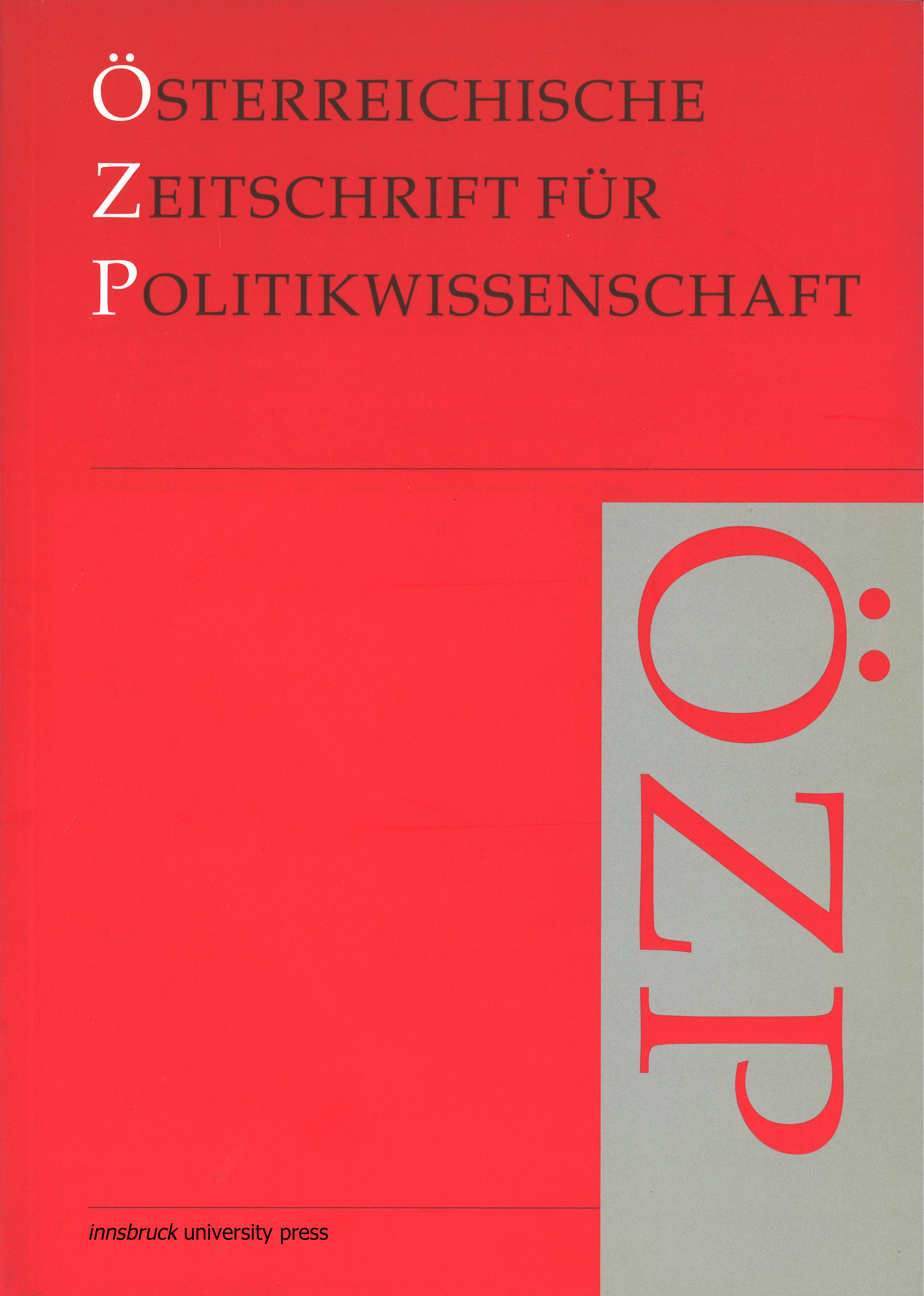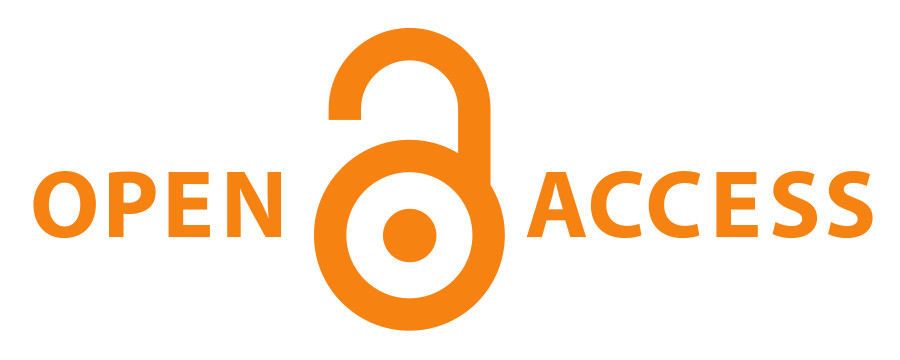Schwerpunktsetzungen in der Forschungsund Technologiepolitik – eine Analyse der Paradigmenwechsel seit 1945
DOI:
https://doi.org/10.15203/ozp.884.vol35iss1Schlagwörter:
Forschungs- und Technologiepolitik, Schwerpunktsetzungen, Paradigmenwechsel, internationaler Vergleich, systemischer AnsatzAbstract
Die Frage der richtigen Schwerpunkt- und Prioritätensetzung beschäftigt die Forschungs- und Technologiepolitik seit ihren Anfängen. Nach dem Zweiten Weltkrieg können mehrere Paradigmen in der Schwerpunktsetzung beobachtet werden: die klassische Missionsorientierung im Bereich der Atom-, Raumfahrtund Rüstungsforschung, die industriepolitisch motivierte Ausweitung auf eine große Zahl an „Schlüsseltechnologien“ mit breitem wirtschaftlichen Anwendungsspektrum, die Betonung von generischen Maßnahmen im Zusammenhang mit systemischen und Cluster-Ansätzen sowie die thematische Schwerpunktsetzung entlang von gesellschaftlichen Problemfeldern. In diesem Beitrag werden diese Paradigmen, ihre Charakteristika und die zu ihrer Legitimation herangezogenen Begründungszusammenhänge dargestellt. Dabei wird gezeigt, dass es zwar zu einer Weiterentwicklung der Ansätze kommt und sich historisch vorlaufende Ansätze als nicht hinreichend differenziert und den neuen Anforderungen des Innovationssystems gewachsen herausstellen, dass die Entstehung eines neuen Paradigmas das vorangegangene aber nicht vollständig ablöst. Vielmehr bauen die einzelnen Ansätze der Schwerpunktbildung aufeinander auf, sodass es zu einer sukzessiven Überlagerung und Koexistenz kommt – mit Konsequenzen für den (wachsenden) Komplexitätsgrad von Forschungs- und Technologiepolitik.Downloads
Ausgabe
Rubrik
Lizenz
The OZP is the authorized publication of the Österreichische Gesellschaft für Politikwissenschaft (ÖGPW, Austrian Political Science Association)
The author of an article (in case of multiple authors: the corresponding author, responsible for releasing this material on behalf of any and all co-authors) accepted to be published in the OZP hereby acknowledges the following Copyright Notice:
- The author retains the copyright to the article.
- It is the responsibility of the author, not of the OZP, to obtain permission to use any previously published and/or copyrighted material.
- Publication of a submitted text is dependent on positive results from the peer reviewing. In such a case, the OZP editors have the right to publish the text.
- In case of publication, the article will be assigned a DOI (digital object identifier) number.
- The author agrees to abide by an open access Creative Commons Attribution (CC BY-SA) license. The license permits any user to download, print out, extract, reuse, archive, and distribute the article under the same license, as long as appropriate credit is given to the author and source.
- The license ensures that the author’s article will be available as widely as possible and that the article can be included in any scientific archive. In order to facilitate distribution, the author agrees that the article, once published, will be submitted to various abstracting, indexing and archiving services as selected by the OZP.
- In addition, the author is encouraged to self-archive the article, once published, with reference to the place of the first publication.
- After the contribution appears in the OZP, it is still possible to publish it elsewhere with reference to the place of the first publication.
- The finished article, if published, will include a correspondence address (both postal and email) of the author.
- If written under the auspices of a grant from one or more funding agencies, such as FWF (Austrian Science Fund), ERC (European Research Council), and Horizon 2020 (EU Framework Programme), an article accepted for publication has to be deposited in an Open Access archive. The OZP’s archiving policy is compliant with these provisions. (In case the article derives on funding from a different source, the author is responsible to check compliance of provisions.)




